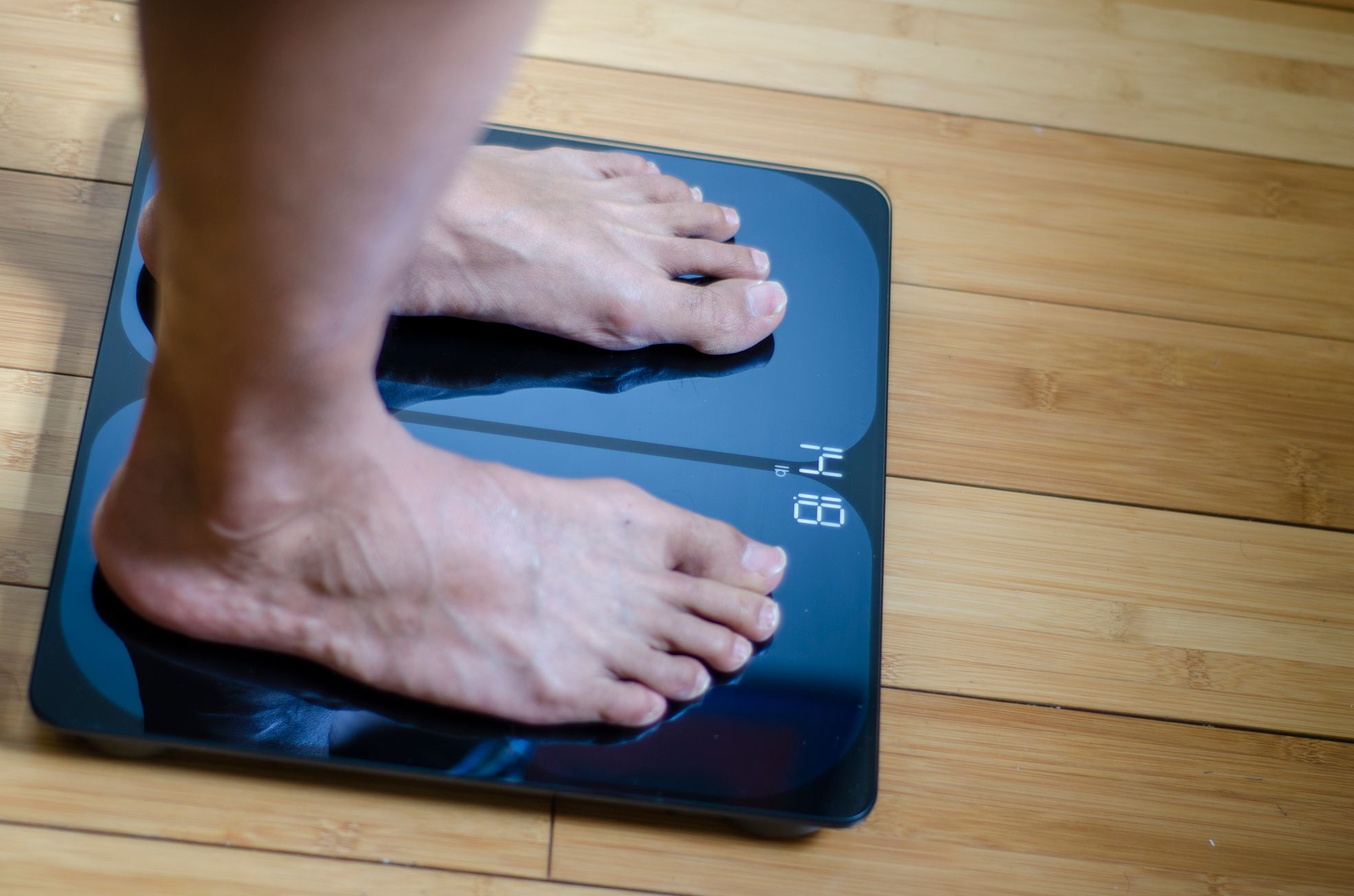How RPM Simplifies Monitoring Patients on GLP-1 Agonists
In late 2023, whispers of a new trend began dominating social media and public discourse: the so-called “Ozempic craze” had just begun. What initially served as a medication for Type 2 diabetes swiftly evolved into a highly sought-after solution for weight loss and obesity treatment.

While GLP-1 medications like Ozempic® and Mounjaro® aren’t new and were primarily approved for Type 2 diabetes, they are increasingly being prescribed off-label to assist with weight loss. Additionally, Zepboud® was recently approved for adults with obesity or overweight and at least one weight-related health condition. Consequently, healthcare providers now face the new challenge of finding ways to monitor patients on GLP-1 agonists such as Ozempic. Remote patient monitoring (RPM) devices and tools can aid physicians in keeping an eye on their patients and identifying emerging concerns before they escalate into more significant issues.
The Ozempic Phenomenon & Its Impact
GLP-1 agonists are a class of medications primarily used to assist individuals with Type 2 diabetes in managing their blood glucose levels. However, due to their ability to mimic GLP-1, helping patients feel fuller quicker and for longer durations, they also serve as a potent tool for promoting weight loss in individuals with obesity.
Ozempic®, a semaglutide injection, is just one of many GLP-1 agonist medications available in the US, including:
- Tirzepatide (Zepbound®)
- Dulaglutide (Trulicity®)
- Exenatide (Byetta®) and exenatide extended-release (Bydureon®)
- Liraglutide (Victoza®)
- Lixisenatide (Adlyxin®)
- Semaglutide tablets (Rybelsus®)
- Other semaglutide injections (such as Wegovy®)
While Hollywood might often depict GLP-1 agonists as ‘quick weight loss hacks,’ it’s important to recognize that these medications alone cannot treat obesity or Type 2 diabetes. Lifestyle and dietary changes addressing the underlying causes of these conditions are also necessary. Physicians treating patients with GLP-1 agonists must ensure that it’s only one piece of the puzzle.
Monitoring Patients on GLP-1 Agonists is Crucial
GLP-1 agonists can be valuable resources for patients who require them, but they also entail certain risks. One well-known example is the rapid loss of body mass, which can lead to what is colloquially known as “Ozempic face,” characterized by sagging skin and a gaunt appearance. Sudden and rapid loss of body mass in both the face and body can be a side effect of any GLP-1 drug.
Another significant issue is that GLP-1 agonists do not address a patient’s eating habits and lifestyle choices. The appetite-suppressing effects of these medications can be particularly problematic if patients primarily consume foods lacking in nutritional value, increasing the risk of malnourishment.
Moreover, reducing food intake does not always benefit patients. If individuals struggle to meet their daily protein requirements, they may begin to lose muscle mass along with excess fat. As muscle mass diminishes, patients may become weaker and face an increased risk of injuries. Given that sarcopenia (age-related loss of muscle) is already a major health concern in the United States, these drugs, combined with low protein intake, may exacerbate this issue.
Overall, these drugs can be great tools, but physicians need to carefully monitor them to ensure they don’t cause more harm than good. RPM is the perfect solution because it integrates into your existing care plan and gives patients a hands-on role in managing their health.
How CoachCare’s RPM Solutions Can Help

CoachCare’s remote patient monitoring devices and platform are designed to be user-friendly and adaptable to your needs. Remote patient monitoring assists providers in monitoring patients on GLP-1 agonists from a distance, reducing the necessity for in-person visits and decreasing the likelihood of unwanted side effects going unnoticed.
Below are a few examples of how CoachCare’s RPM solutions can help physicians support patients needing medications like Ozempic®.
Measuring Vitals & Key Metrics
CoachCare’s RPM device collection includes a body composition scale, measuring lean and fat mass. Patients and physicians can catch signs of excess muscle or lean body mass loss before it begins to spiral.
Food Logging
Our mobile app allows patients to quickly and easily record what they’re eating each day and track their nutritional intake. In many cases, simply logging food can be enough to prompt more mindful decisions about what to eat and when. Plus, their healthcare provider can monitor this data in real-time.
Meal Replacements
In addition to helpful tracking tools and devices, CoachCare also partners with meal replacement providers like OPTIFAST from Nestle Health Science and Robard Corporation. These medical-grade meal replacements contain high-quality protein and other nutrients for patients consuming very low total calories. In certain circumstances, patients can order these products right on our app. Our partner companies provide plenty of information – like webinars and educational materials – to help patients get familiar with their options.
Tracking Activity
CoachCare’s mobile app can also be used to measure physical activity. Since exercise and resistance training help patients maintain lean body mass, they’re a necessary part of a robust treatment plan. Plus, regular activity can further support weight loss goals and help patients build a long-term routine that will keep the weight off.
Trust CoachCare for Seamless RPM Integration
From selecting devices to training your staff and monitoring your data, CoachCare is here to assist you with all aspects of successfully implementing RPM in your practice. Contact us today to discover how our services can support your patients.